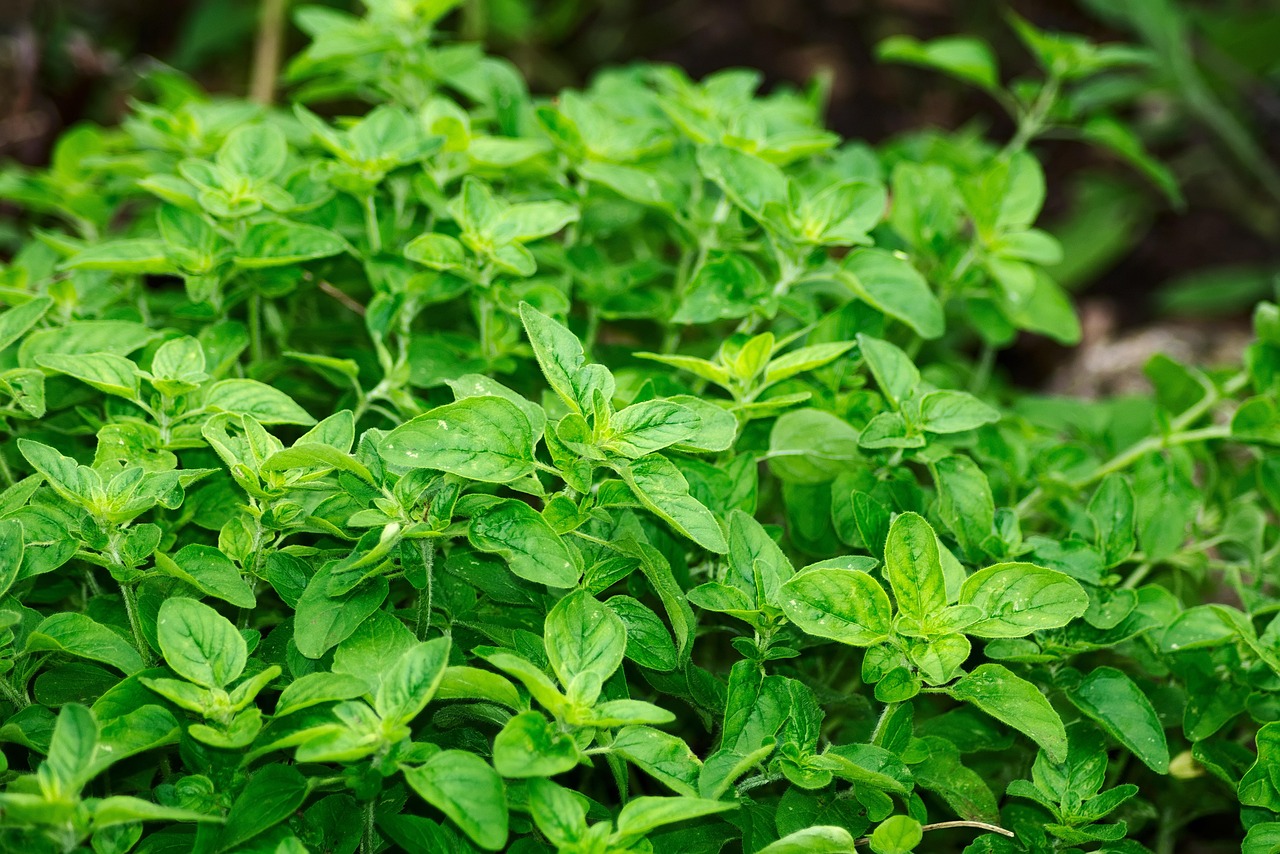Thai healing: herbs and Buddhism for their well -being!
Discover the world of Thai healing methods: herbal medicine and the influence of Buddhist philosophy on natural medicine.

Thai healing: herbs and Buddhism for their well -being!
Thai naturopathy is a fascinating network of ancient knowledge, spiritual practices and deep connection to nature. For centuries, people in Thailand have trusted healing methods that bring body, mind and soul into harmony. These traditions, which were often passed on in Buddhist temples and village communities, offer a holistic approach to health, which goes far beyond pure symptom treatment. From the use of domestic herbs to energetic techniques, the wisdom of a culture is reflected in every practice, which knows how to use the healing forces of the environment. In a world that is increasingly looking for alternatives because of healing, these methods also become more important internationally. Let yourself be carried away into a world in which nature and humans become one, and discover the treasures of Thai healing.
Thai herbal medicine

Imagine you hike through a dense, tropical forest in Thailand, where the fragrance of fresh herbs and spices meets the air. Each plant, every stem and every leaf poses a secret of healing that has been preserved for generations. In Thai naturopathy, domestic spices and herbs play a central role, not only in the kitchen, but also as powerful tools to promote health and well -being. These natural treasures, deeply rooted in the country's culture, offer a wealth of applications that range from the relief of physical complaints to strengthening the mind.
A look at the diversity of the Thai flora reveals true miracle cure. Lemongrass, known as TA-Krai, exudes a refreshing, lemon touch and is not only used in soups like Tom Yum, but also as a tea to calm the stomach and to promote digestion. Galangal, or Kha, a root with a sharp, slightly sweet aroma, which inhibits traditional medicine and often serves as a basis for healing pastes, is also impressive. Anyone who deals with Thai spices inevitably comes across turmeric, the earthy taste and bright yellow color not only enrich curry, but are also valued as strong antioxidants and anti -inflammatory means.
Another pearl of the Thai flora are the kaffir lime leaves, which not only refine dishes with their intense citrus and floral scent, but are also used in steam inhalations to relieve respiratory problems. Thai basil, often called Horapha, brings a touch of licorice to dishes and is used in medicine to reduce stress and strengthen the immune system. Coriander, usable in all parts, not only refreshes salads and soups, but also supports detoxification of the body, while its seeds in powder form alleviate digestive problems.
The spiciness of Thai cuisine comes from the chili peppers, known as prik. These fiery fruits not only stimulate the metabolism, but are also used in ointments to relieve pain from muscle tension. Pandan leaves, which exude a sweet, nutty scent, are used not only as a natural food coloring, but also in calming teas that promote sleep. For a more comprehensive overview of the variety of Thai spices, it's worth taking a look at this one Detailed guide, which describes in detail the culinary and healing properties of these plants.
In addition to these well -known representatives, there are also fewer prominent but equally effective plants. Cumin and black pepper, often ground to fine powder, are indispensable in curry paste and have a positive effect on digestion. Cinnamon and cloves, with their warm, aromatic notes, are used in Thai healing art to promote blood circulation and prevent colds. Even everyday ingredients such as garlic and shallots contribute to health by strengthening the immune system and acting as natural antibiotics.
The use of these plants goes far beyond just seasoning. In Thailand they are brewed into teas, made into pastes or incorporated into oils that are used to relieve pain and tension during massages. These practices, often passed down by village elders and healers, demonstrate how close the connection between nature and humanity is in Thai culture. Each plant tells a story of healing and balance waiting to be discovered.
Influence of Buddhist philosophy on Thai naturopathy

In the quiet halls of a Thai temple, where the scent of incense permeates the air, a ritual that goes far beyond the physical begins. Here, in the midst of prayers and meditation, spirituality and healing merge into a unity that is deeply rooted in Thai naturopathy. A belief in the harmony of mind and body shapes every healing practice, inspired by Buddhist teachings that recognize suffering as a part of life and offer paths to liberation. This connection creates a space where physical recovery and inner enlightenment go hand in hand.
Buddhist principles such as eight times the path, which aims at mindfulness and ethical action, significantly influence the approach to health in Thailand. Medical practices are often accompanied by meditation and prayers in order to drive out negative energies and to restore the balance of life forces. Monks who act as keepers of knowledge in temples play a central role in this tradition. They not only apply herbs and massages, but also direct spiritual exercises that are supposed to clarify the mind and solve emotional blockages.
A central aspect of this fusion is the idea that illness is not solely physical, but often results from an imbalance between body, mind and environment. Inspired by the Buddhist teaching of dependent arising, in which everything exists in interdependence, healers look for the underlying causes of ailments. A sick body could indicate repressed emotions or spiritual disharmony, which is why treatments often include rituals to drive away evil spirits or attract positive energies.
In many villages of Thailand, ceremonies such as offering gifts to protective spirits or reciting mantras are an integral part of the healing processes. These practices, which often take place before the use of herbal medicine or massages, should prepare the patient on a deeper level of recovery. The belief in Karma, another foundation of Buddhist philosophy, also plays a role: diseases are sometimes interpreted as a result of past actions, and healing means to restore this balance with good deeds and mindfulness. If you want to learn more about the basics of this worldview, you can find in this Articles on Buddhist philosophy a well-founded introduction.
Thai healing also integrates elements of animism that were present before the spread of Buddhism in the country. The belief in natural spirits and the sacredness of certain places such as springs or trees still influences many forms of treatment today. Healers often ask for the blessings of these spirits before beginning therapy and use sacred objects such as amulets to provide protection. This syncretic mix of animistic and Buddhist elements gives Thai naturopathy a unique depth.
Another example of the combination of spirituality and healing is the practice of Thai massage, known as Nuad Thai. This technique, which is often taught in temples, is based on the idea of energy lines in the body, which are harmonized with pressure and stretching. During the treatment, healers sometimes speak soft prayers or mantras to establish a spiritual connection and to support the flow of energy. The patient is not only physically, but also mentally and emotionally involved in the process, which increases the effect.
This close connection between faith and medicine is also reflected in the role of the community. Healing processes in Thailand are rarely an individual matter; Family and neighbors often participate in rituals to provide support and focus positive energies. The collective spirit, which arises from the Buddhist ethic of humanity, increases the feeling of security and contributes to recovery. The Thai art of healing remains a living testimony to how deeply rooted beliefs can pave the way to health.

 Suche
Suche
 Mein Konto
Mein Konto
